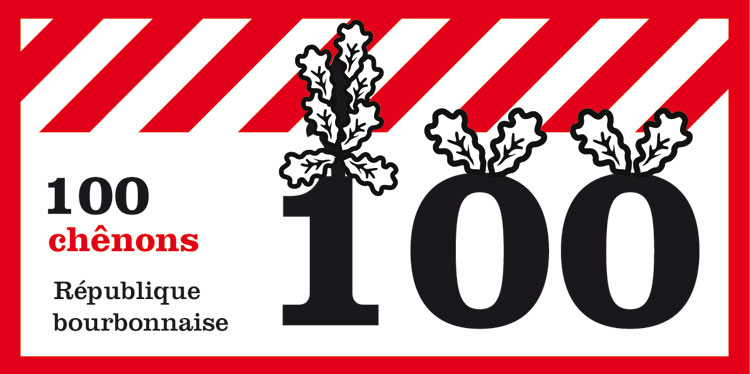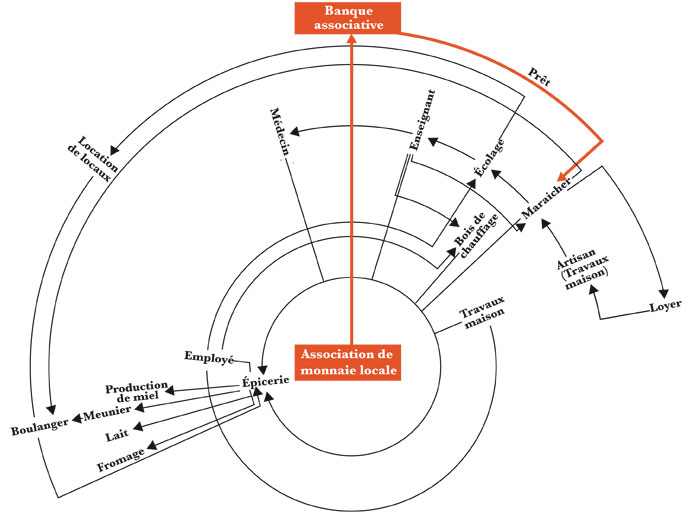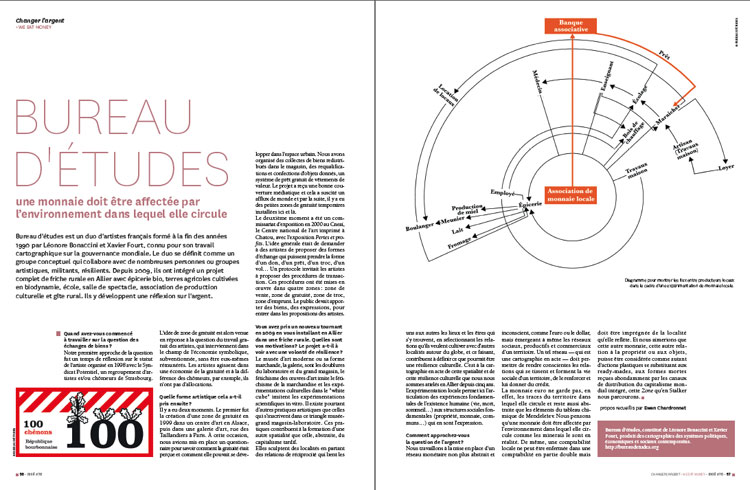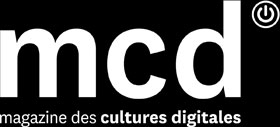A currency should be affected by the environment in which it lives
Bureau d’études is a French artist duo formed in the late 1990s by Léonore Bonaccini and Xavier Fourt best known for their creative mapping of global governance. The duo defines itself as a conceptual group, having collaborated with a number of artistic, militant and resilient individuals and collectives. Since 2009 they involved in a complete project to rehabilitate a rural wasteland in the Allier department of central France, with an organic grocery store, biodynamically cultivated farmland, a school, theater, organization for producing cultural events and a farmhouse. These days, they’re thinking about money.

© Bureau d’Études
When did you start tackling the issue of exchanging goods?
Our first approach to the issue was a discussion on the status of the artist organized in 1998 with Syndicat Potentiel, a group of artists and/or unemployed people in Strasbourg. We came up with the free zone in response to the question of artists working for free, intervening in the symbolic and subsidized economy, without being paid themselves. Artists work for free in this economy, but unlike the unemployed, for example, they don’t receive any benefits.
What artistic form did it take afterwards?
There were two big moments. The first was when we created a free zone in 1999 in an art center in Alsace, and then in an art gallery on Rue des Taillandiers in Paris. During that time we passed around an urban questionnaire to learn how free work was perceived and how it could be developed in urban space. We organized drives to collect goods that were redistributed in the store, requalifications and confections of donated objects, a free borrowing program for clothes with more value. The project received good media coverage, which attracted a lot more people, and afterward several more little temporary free zones were installed here and there. The second moment was when we curated the Losses and Profits exhibition at the French Cneai (National Center for Printed Art in Chatou) in 2000. The general idea was to ask artists to propose certain kinds of exchange, such as a donation, a loan, an exchange, a theft… A protocol invited the artists to suggest a procedure for the transaction. This procedure was applied in four zones: selling zone, free zone, exchange zone, borrowing zone. People had to bring goods, expressions, in order to enter the artists’ space for exchange.

© Bureau d’Études
These past years you also took a new direction by settling in a rural wasteland in Allier. What motivated this project? Is it inspired by a desire for resilience?
The modern art museum, or its commercial form, the art gallery, are the counterparts of the laboratory and the department store. Fetichism for artworks imitates fetichism for merchandise, and cultural experiments in the white cube imitate scientific experiments in vitro. However, there exists other artistic practices besides those represented in this museum-department store-laboratory triangle. These practices form a different space from the abstract space of late capitalism. They sculpt localities based on mutual relationships that connect the places and the people who live there, selecting the relationships that they want to cultivate around the globe, and by doing so, contribute to what could be defined as cultural resilience. For the past five years in Allier, we have devoted ourselves to mapping in action this space and this cultural resilience. This local experiment allows us to articulate fundamental experiences of human existence (life, death, sleep…) around fundamental social structures (property, currency, commons…) through which they are expressed.
How do you approach the question of money?
We are currently working on implementing a monetary network that is not abstract or unconscious, like the euro or the dollar, but rather that emerges from the social, productive and commercial networks of a territory. Such a network—which is indeed mapping in action—must make us conscious of the relationships that weave and form the social life of a territory, that reinforce it and give it credit.
The euro currency shows no trace of the territory in which it circulates and remains as abstract as the chemical elements of the periodic table. We believe that a currency should be affected by the environment in which it lives, just as minerals are in reality. Similarly, local accounting cannot be locked into a double-entry accounting system, it must be marked by the locality that it reflects. And we would like this other currency, this other relationship to property or objects, to be considered as sculptural acts that have replaced ready-mades, dead forms abundantly received by the distribution channels of integrated world capitalism, this Zone that we stalk through.
interview by Ewen Chardronnet
published in MCD #76, “Changer l’argent”, déc. 2014 / févr. 2015
Bureau d’études is Paris based Léonore Bonaccini and Xavier Fourt who have been producing cartographies of contemporary political, social and economic systems.
http://bureaudetudes.org







